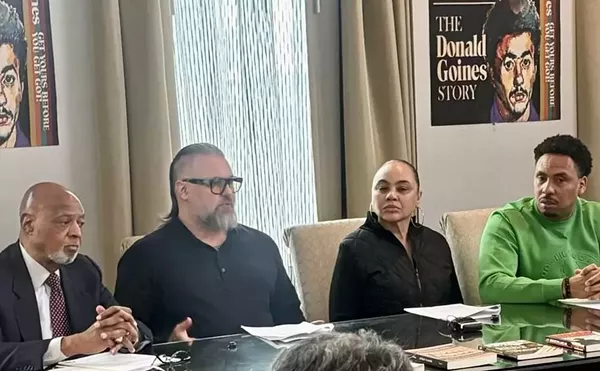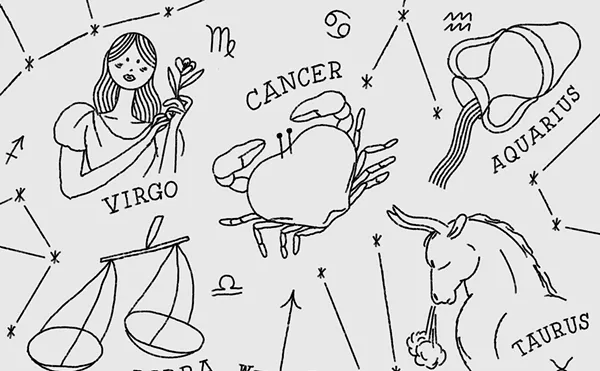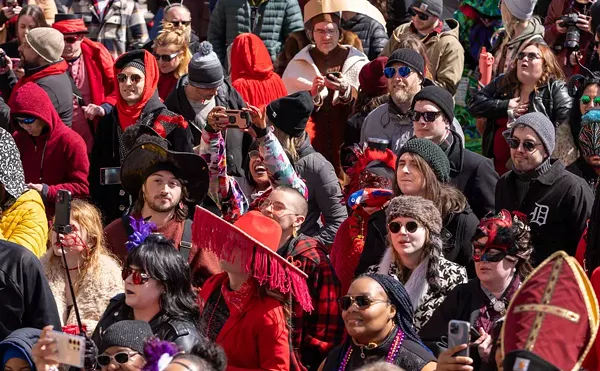My real, personal adult sex education actually started with an evolutionary study of a tiny insect called the "gall wasp." In case you missed that day in biology class, gall wasps grow only to 8 millimeters long. They have four wings, eat plants and reproduce when the female lays eggs on leaves.
And they were the life's passion of a guy named Alfred Kinsey, best known as the world's legendary, pioneering sex researcher at Indiana University, my undergraduate alma mater and home to the Kinsey Institute for Research in Sex, Gender and Reproduction.
The relationship between Kinsey's lifetime collection of 5 million gall wasps and my awakening to the academic, literary, artistic, scientific, political and historical sides of sex is a convergence of my and the good doctor's curiosity and our life-changing experiences in the limestone buildings on the picturesque Indiana campus.
For Kinsey, his time in Bloomington was his defining life's work.
He started as a faculty member teaching zoology, became the first instructor of a human sexuality course and led ground-breaking research efforts that for the first time chronicled human sexual behavior. He endeavored to keep his work as value-free as possible. He founded the Institute. He fought for funding. He was backed by brave university administrators who had the good sense to defend his work.
In his lifetime, Kinsey oversaw interviews of 18,000 people, conducting many of them himself. When published into two volumes, those surveys alerted Americans in the 1940s and 1950s that what they were doing wasn't that much different from their neighbors. Those were comforting ideas for a pre-sexual revolution society that actually thought masturbating led to hairy palms.
Kinsey's life in Bloomington makes him one of my most notable people of the 20th century.
For me, my four years on campus got me a degree.
But more importantly, that quadrennium in my life launched my journalistic career, replaced my relatively pedestrian suburban childhood sensibilities and aroused an intellectual awareness about all things sexual that makes for colorful cocktail party conversations.
For example, this is what you picked up as a student volunteer at the Kinsey Institute:
• The Vatican is thought to have the world's largest collection of porn — hey, you must study it to know how bad it is.
• The average male penis size is 5 to 7 inches and that's the question the reference librarian at the Institute was most asked.
• Kinsey was a visionary activist who sought to depoliticize scientific research and keep pseudo moralistic interference at bay, all so that knowledge of human behavior could be furthered.
Now, I know what you're thinking about what I might have observed or what I might have participated in during my few afternoon hours a week there during my sophomore and junior years. My current professional colleagues are not exceptions. When I happened to mention my Kinsey "affiliation" at the Metro Times, eyes lit up. The Lust issue plans came out and I was suddenly part of them.
"Why wasn't that on your résumé when you applied here?" Editor W. Kim Heron asked. Frankly, my time at Kinsey was long ago and most of it wasn't that exciting. I did mostly data coding, entering answers from surveys into now-antiquated computers. Incidentally, that work may be obsolete. You can take their behavioral surveys online.
Now, two decades later, my hours in the Institute's ivy-covered building in the oldest section of campus have "I was there then" significance. I helped plan and facilitate one of the first major conferences about AIDS. I met William Masters and Virginia Johnson — if Kinsey created the systematic study of sex, Masters and Johnson revolutionized it.
I also learned to think of sex as something beyond what I was not supposed to be doing with my high school boyfriends. Sex should be studied, taught, discussed, debated, written about, appreciated, questioned, archived, represented in art, considered as a social force and treated as the health and medical condition it can be.
While Kinsey's ideas help produce my liberal Utopia, his words also provide a perfect mantra for the practice of journalism where you often meet people whose behavior is criminal or reprehensible, who engage in strange hobbies, or who are otherwise not quite like the rest of us.
"We are the recorders and reporters of facts," he once said, "not the judges of the behaviors we describe."
From a gall wasp to words we live by every day.
Sandra Svoboda is a Metro Times staff writer. Contact her at 313-202-8015 or [email protected]





